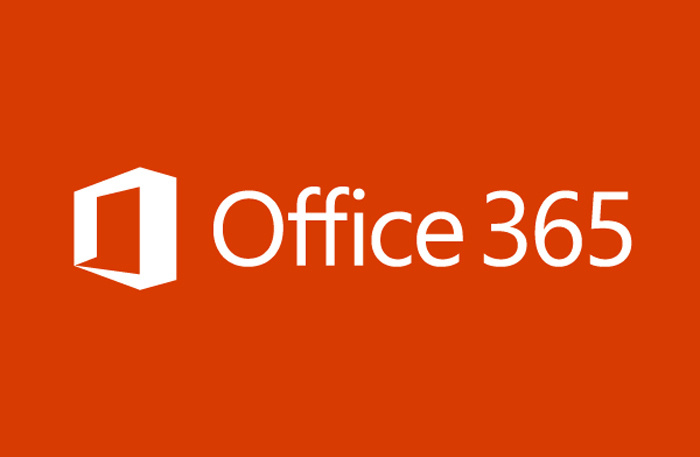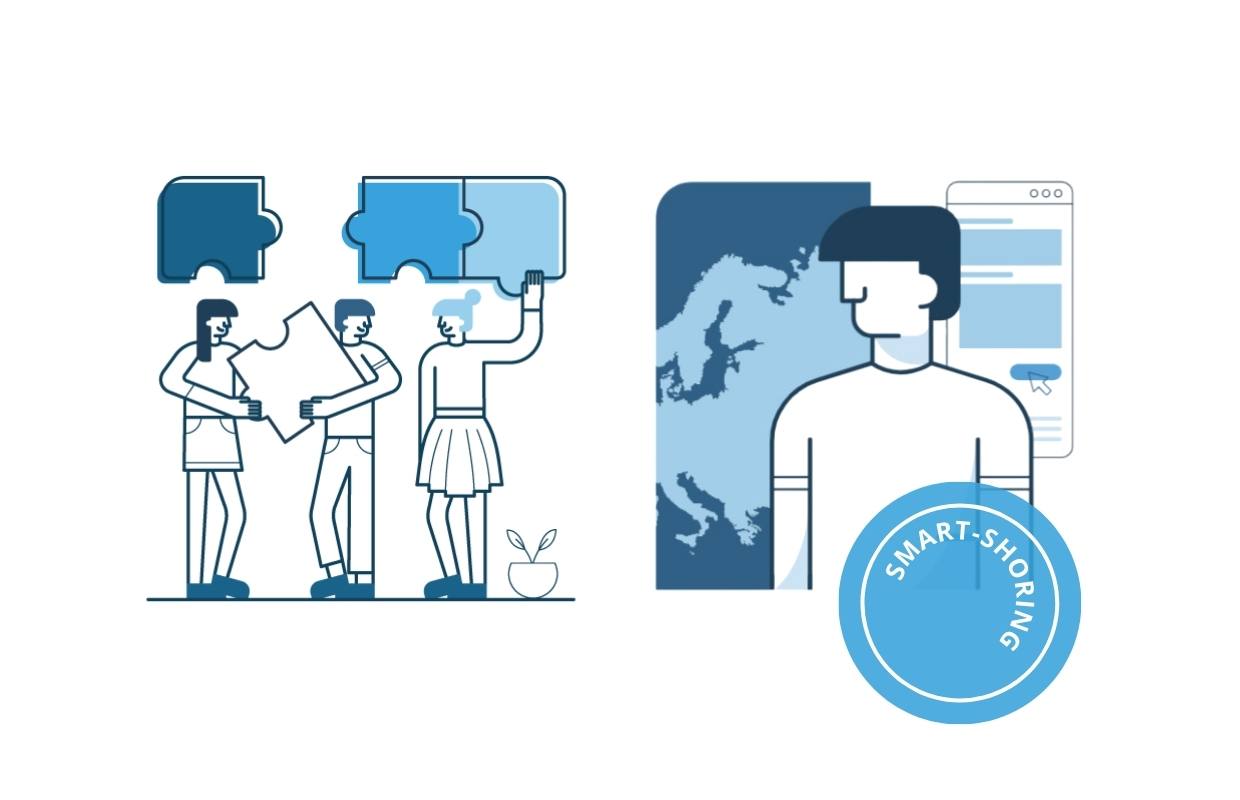Author: Simon Forshaw, CEO
The term Mobile Payments is so broad and generic that even the term SOA is envious of how much things it can relate to. In order for you be able to better compare apples to apples let me give you some ideas on how you can classify the mobile payment.
One thing to analyze is the payment situation supported by the mobile
payment system. iZettle for instance is intended for physical situations where you want to be able to accept payment by cards through your mobile device. Apple Pay on the other hand is supposed to work for both purchases performed on your digital device as well as in physical stores.
Another dimension to classify a mobile payment solution is whether it builds upon an existing payment system or whether it is its own payment system. iZettle, mentioned above, and Square allow you to accept card payments whereas Apple Pay enables you initiate card payments through your mobile device. The actual transfer of value and information though, go through the existing infrastructure for card payments. For an old telco guy it can be compared to build an IVR solution which relies on the existing phone networks to provide its service.
Swish on the other hand, along with SEQR and wyWallet are their own payment systems. They use their own infrastructure to transfer the value and information of the payment between the payer and the beneficiary. Both the payer and the beneficiary must participate in the respective payment system to be able to conclude the transaction. In Swish the payer and beneficiary can have their Swish service provided by any of the participating banks, not necessarily the same bank, and still be able to perform the payment. SEQR and wyWallet both require that payer and beneficiary have an the service provided by SEQR and wyWallet respectively. In a telco references you could compare Swish with SMS messages which can be sent between different operators; whereas SEQR and wyWallet could be compared to WhatsApp and Facebook messenger which are closed network of users with no interoperability.
These are only a few dimensions to use when looking at a mobile payment system. When you are selecting which mobile payment systems to use there are probably other characteristics to look at such as price, reach/userbase, supported currency (SEK only as Swish or multiple currencies), credit risks, cash management impact (when can I use the money received), integration options, usability etc. Each dimension will carry different weight depending on your specific situation.
As I stated in the beginning, mobile payments is broad term which can mean a lot of different things. The only broader and more generic term than mobile payments I have ever encountered is IT-consultant J.













